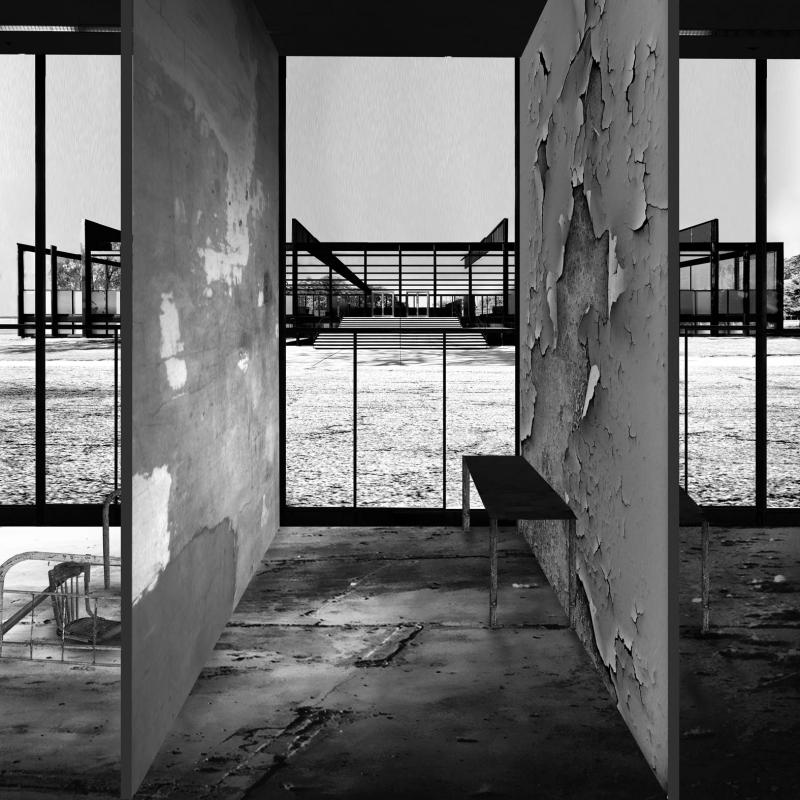
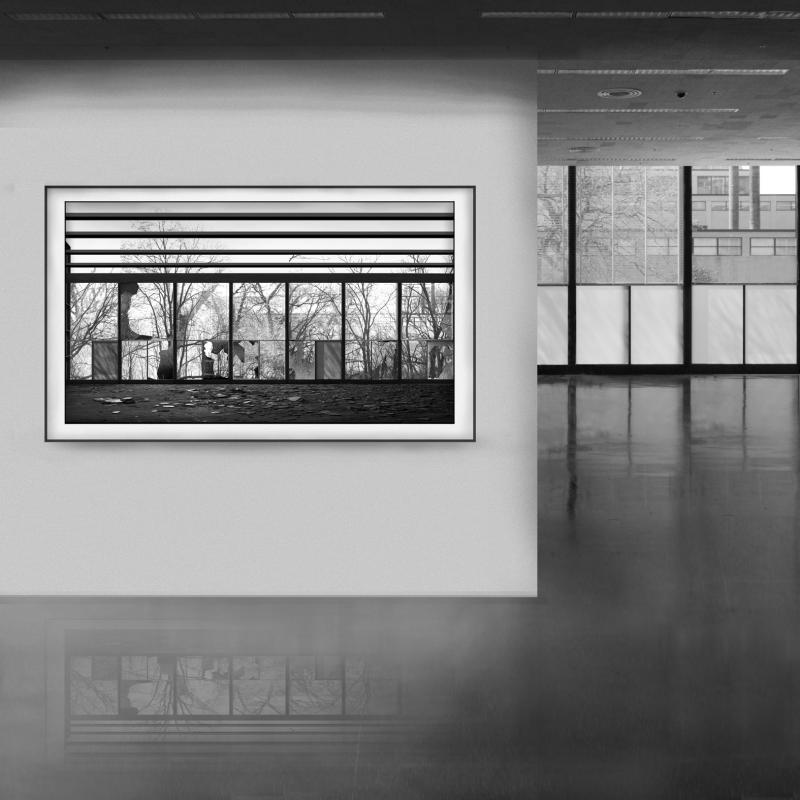
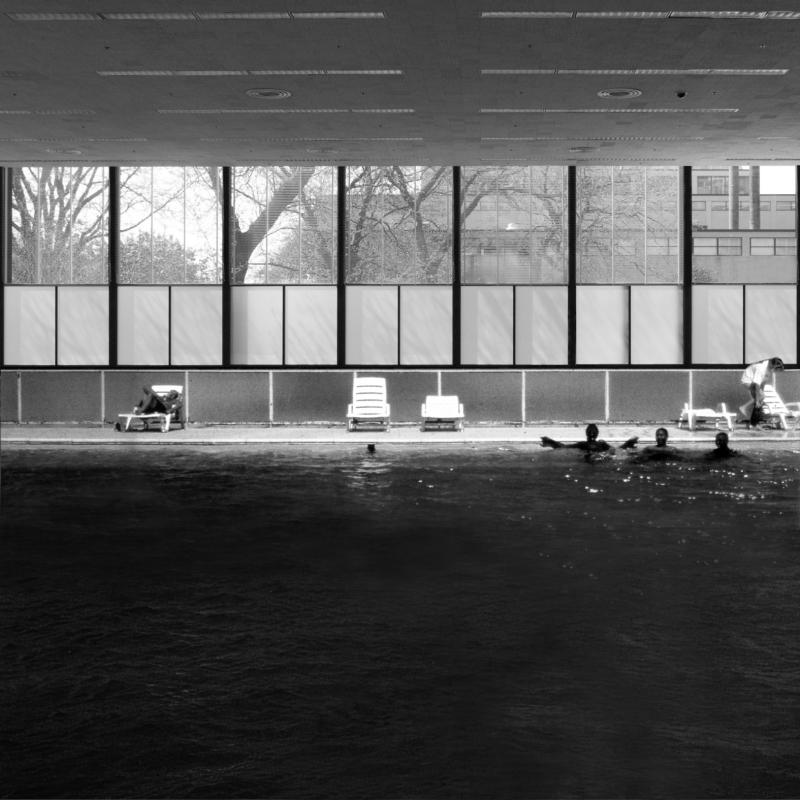
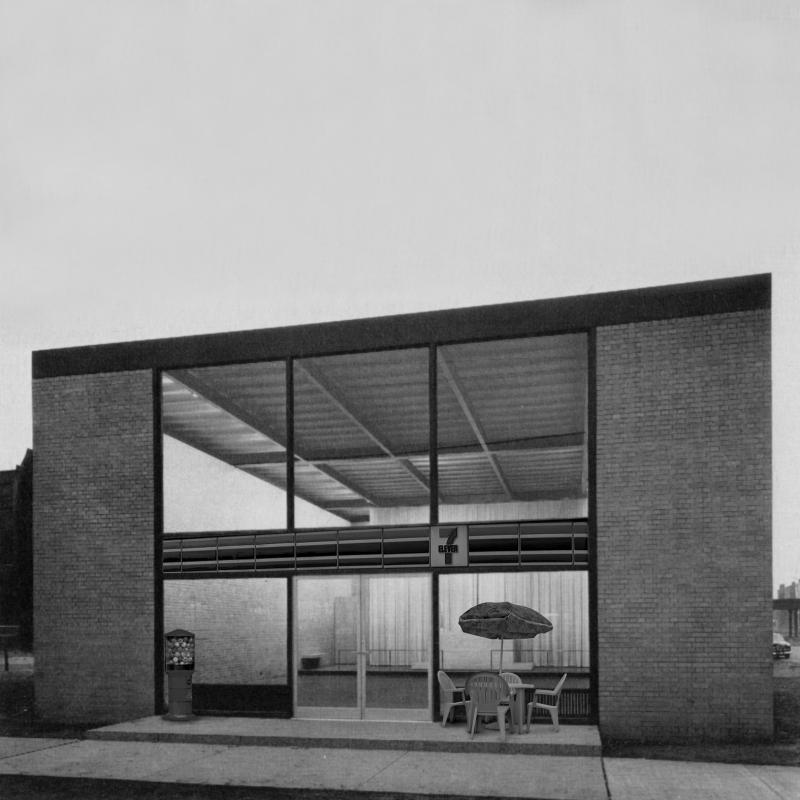
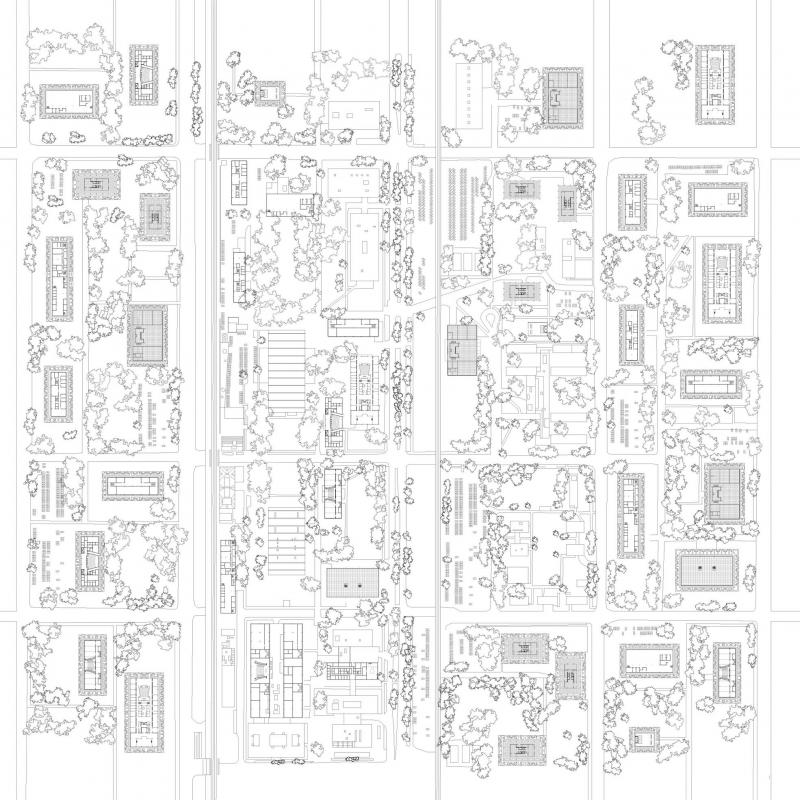
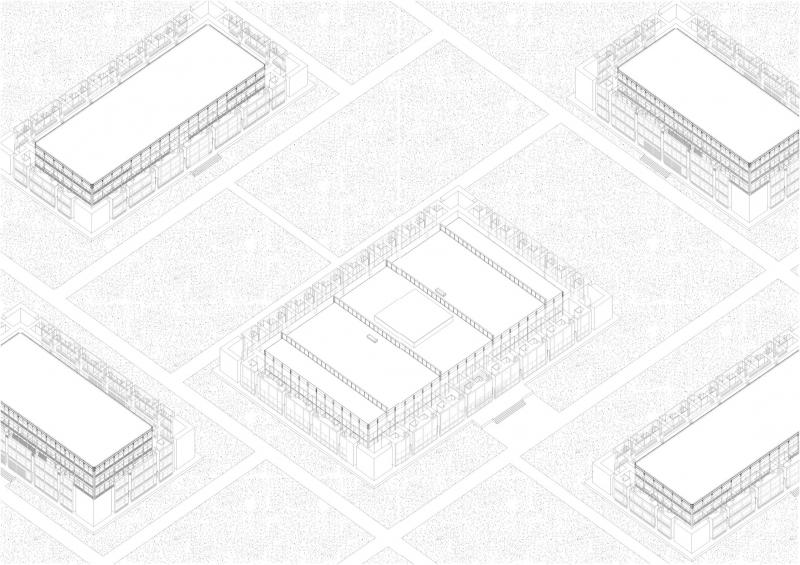
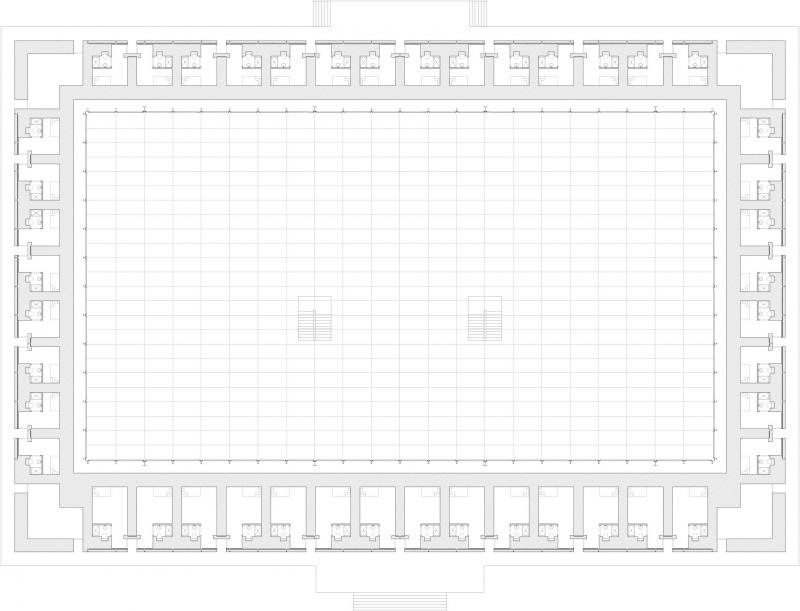
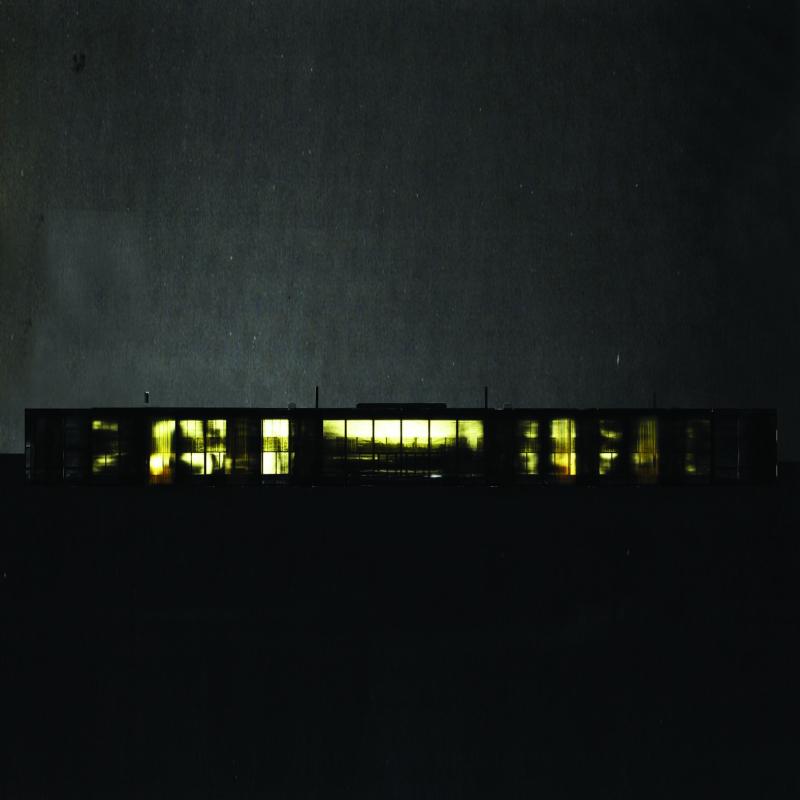
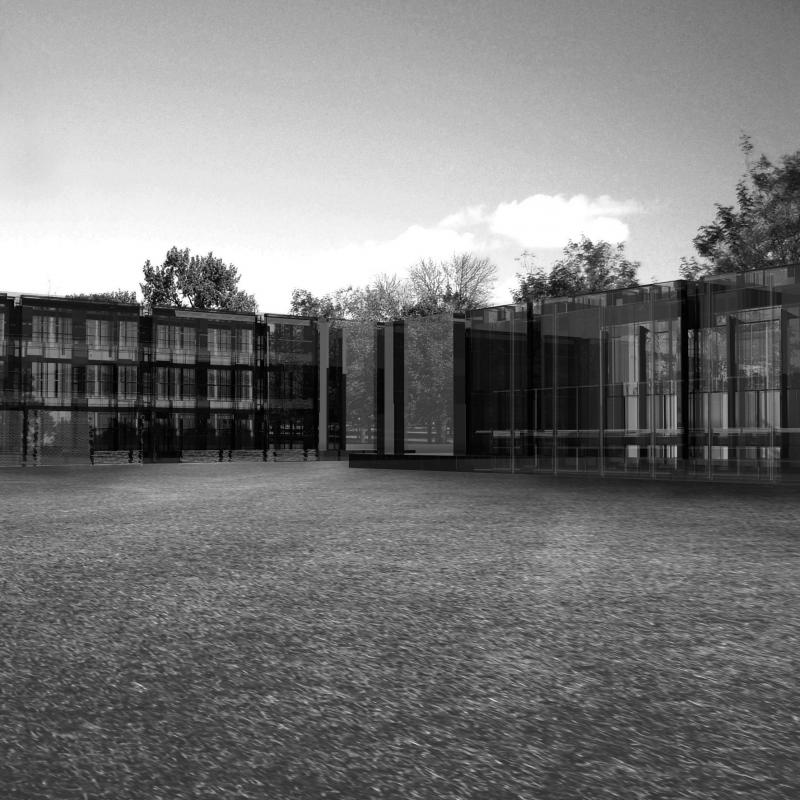
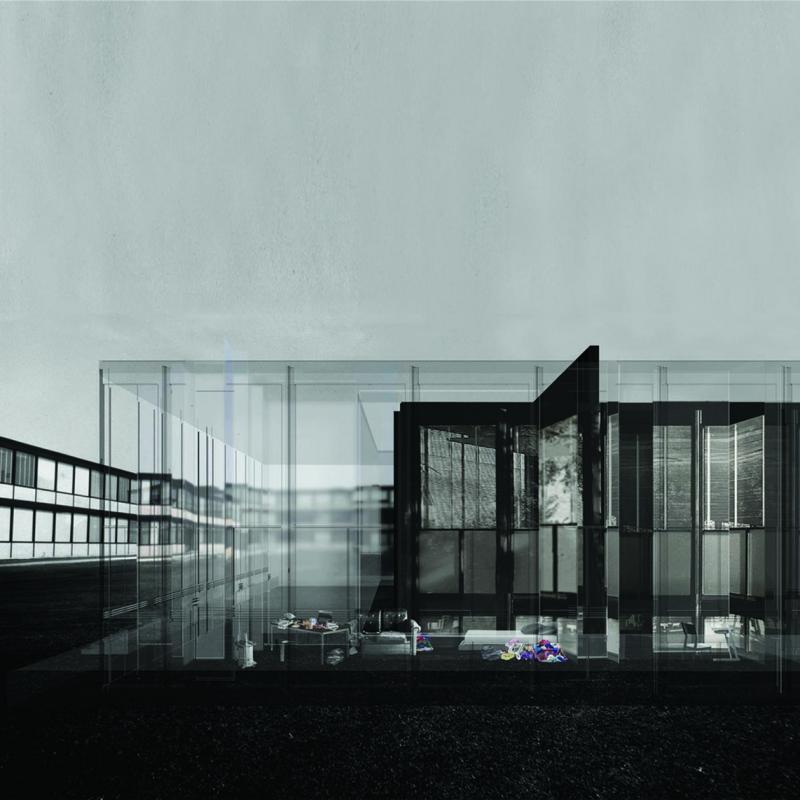
The Encased Copy
This project is investigating the relationship between the original architectural object and its copies. Contrary to general opinion in today’s society the project is based on the argument that the copy is not something bad, devalued or impure, it is instead something to cherish.
The argument is visualized through a scenario of multiple iterations of copying, creating a context in which our preconceived ideas of the copy can be re evaluated.
The background of the project is derived from a fictional expansion of Illinois Institute of Technology in Chicago, which creates the physical context of the project. The expansion of the campus is made through the reproduction of the original Miesian buildings on the campus.
The consequence of the compulsive repetition of building types, which soon came to expand over a vast area, was a disappearance of context which had defined the smaller framed campus. With the continuous campus the buildings no longer offered an ordered refuge from the dense surrounding city, instead the campus had become a city in itself.
To stop the expansion of the campus the reproduced buildings are encased in an inhabitable shell. But the encasement not only serves as a containment of the expansive forces of the campus, it is also resurrecting the reproduced buildings that before through an excessive proliferation were reduced to everyday objects. This resurrection is made through the transformation of the reproduced buildings into new originals.
The encasement creates a new context through which the reproduced buildings are now perceived. However this context is not just defined as a physical proximity between new and old, it also engages with the main subject of the project; the relationship between the original architectural object and its copies.